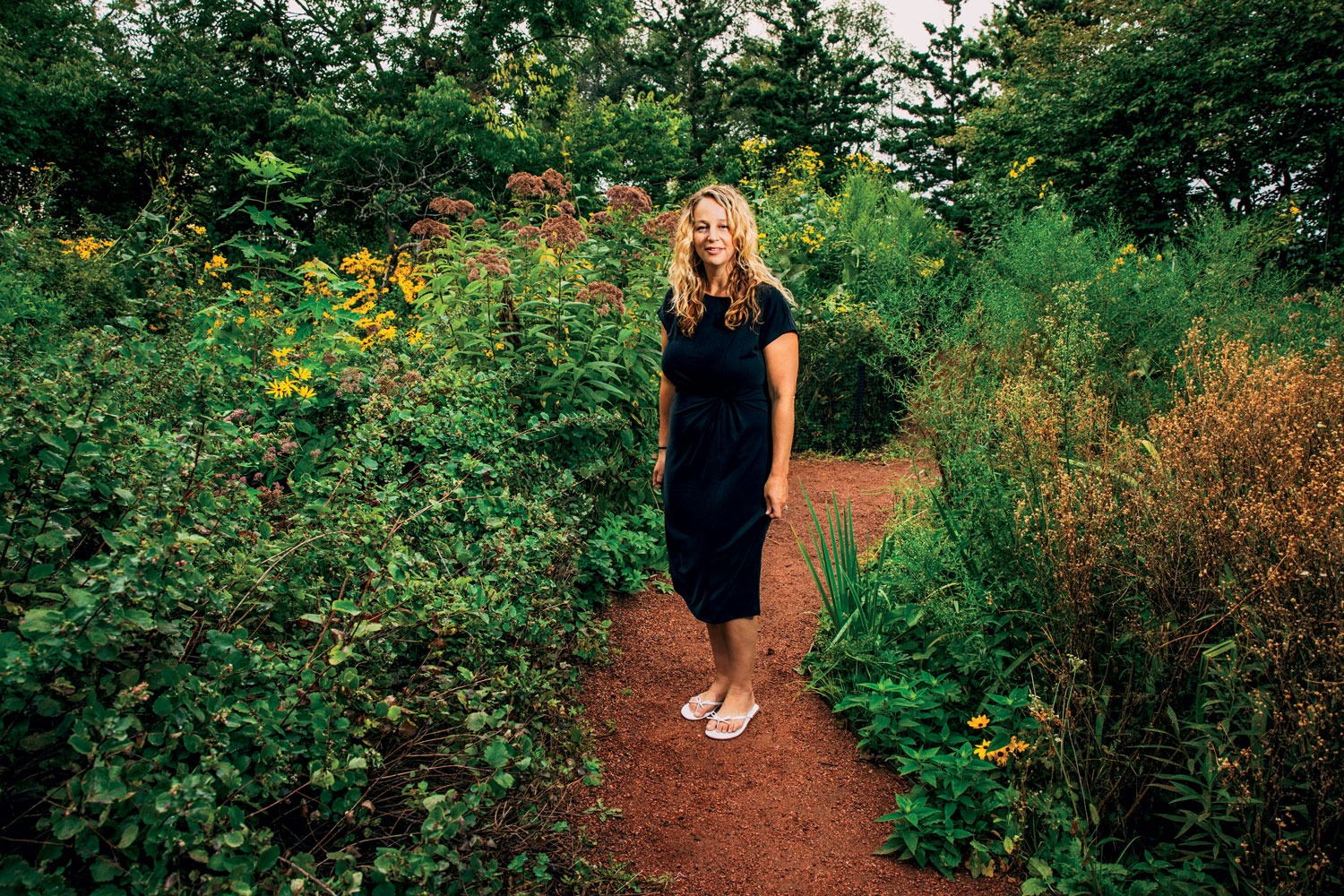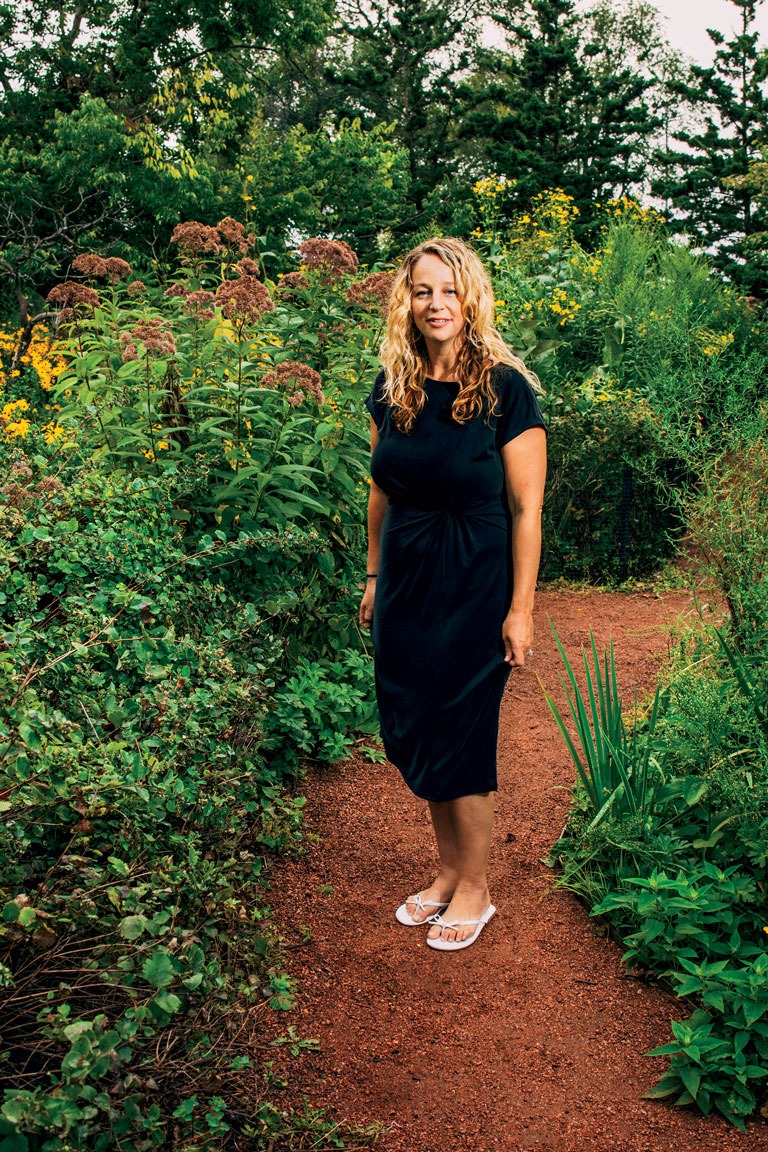Rachel Robbins began writing The Sound of a Thousand Stars on the airplane home from her grandfather’s funeral in 2012, three years after her grandmother’s death. Her grandparents were among those who had lived and worked in secrecy in Los Alamos, New Mexico, to develop the first atomic weapons. In the air between San Francisco and O’Hare, she had an epiphany: “I’d been wanting to write about this their whole lives but didn’t feel like I could access it until after they passed away.”
In Robbins’s forthcoming debut novel, the story of her grandparents — he was a scientist who worked under Robert Oppenheimer on the bomb’s plutonium core; she, a schoolteacher and heiress to the fortune of San Francisco’s de Young family — morphs into that of two bright young Jewish scientists swept up in fervor for each other while working in the desert to help stop Hitler. “My grandfather would never have thought he was interesting,” says Robbins, who lives in Portage Park. “He would have said he was just a face in the crowd. I think that was a thing he said to kind of deny the guilt that he felt. But if enough people think that way, you get into this dangerous situation.”
Robbins, an assistant professor of English at Malcolm X College, is a visual artist who has painted murals throughout the city, including for the Logan Square Blue Line station. She is also a poet. So it’s no surprise, given her artistic and lyrical background, that The Sound of a Thousand Stars vividly blends reality with invention. Depicting such famous figures as Niels Bohr and Richard Feynman alongside everyday individuals, Robbins illuminates that negotiation between what we do alone and what we do as a star in the grand cosmos of human endeavor.
The Sound of a Thousand Stars will be published October 8 by Alcove Press.




